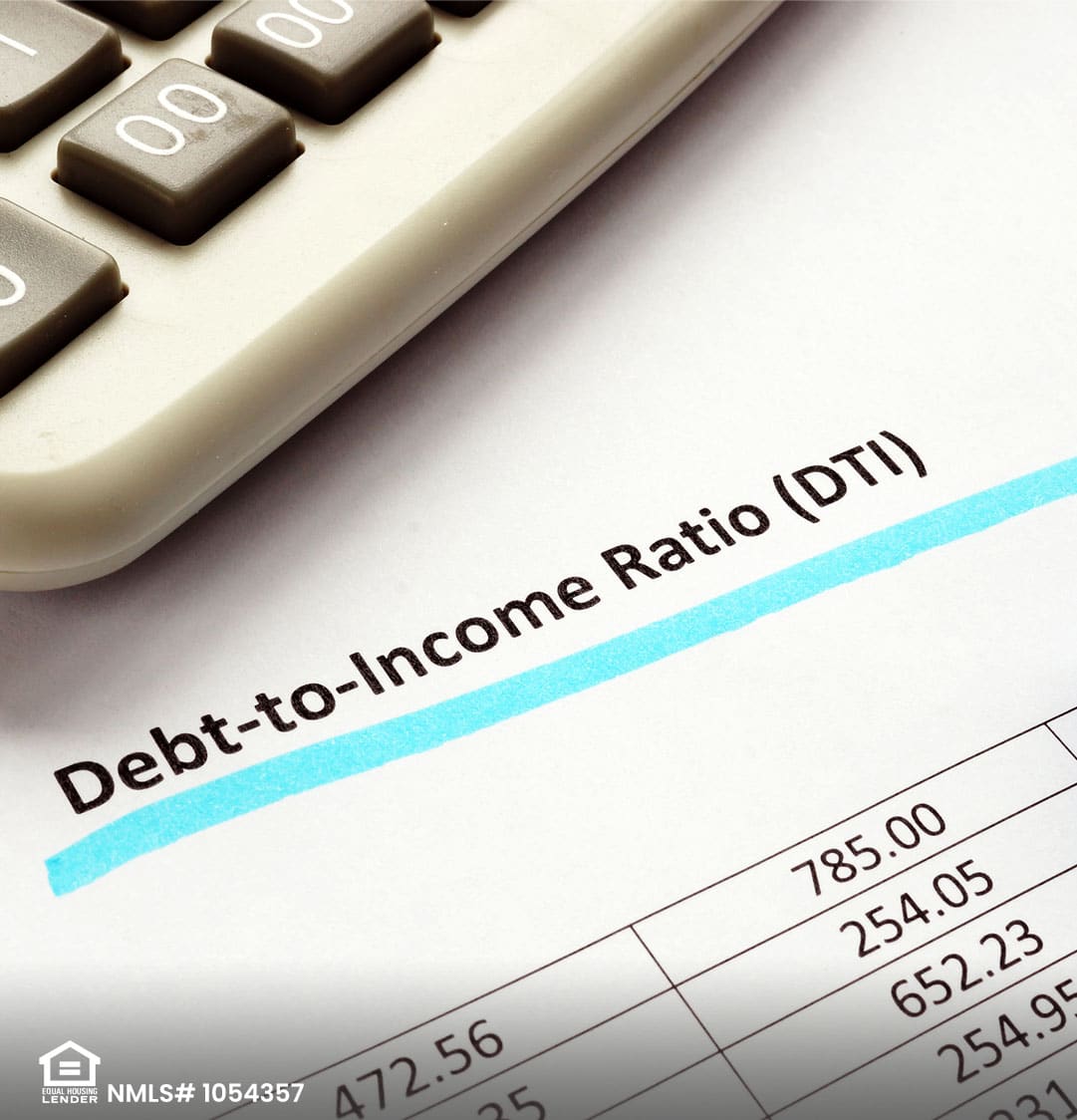A debt to income ratio is a way for mortgage lenders to measure an individual’s ability to handle monthly payments. Every loan has a certain debt to income ratio that you cannot exceed. The banks use this figure as a guide to determine how much of your income goes towards expenses. To calculate your debt to income ratio, you add up all your monthly payments and divide them by your gross monthly income.
Debt to income ratio is also known as (DTI). A good DTI ratio, expressed in percentage terms, would be at or below 36 percent. The maximum DTI is generally 43 percent but can be pushed to a higher percentage. If your debt to income ratios are too high, you may need to bring the percentage down to get approved for a loan.
There are several ways to improve your ratio by paying off your debt, increasing your income, delaying borrowing, or paying a bigger down payment. The lower the ratio is, the more it demonstrates a good balance between debt and income. The DTI can also be used to measure the percentage of income that goes toward housing costs. The DTI ratio is used as an indicator of whether you’ll be able to repay a loan.
There are two different types of a DTI. A front-end DTI examines only how much of your gross income goes toward housing costs including mortgage payments, property taxes, and homeowner’s insurance. A back-end DTI compares gross income to all monthly debt payments, including housing, credit cards, automobile loans, student loans and any other type of debt.











